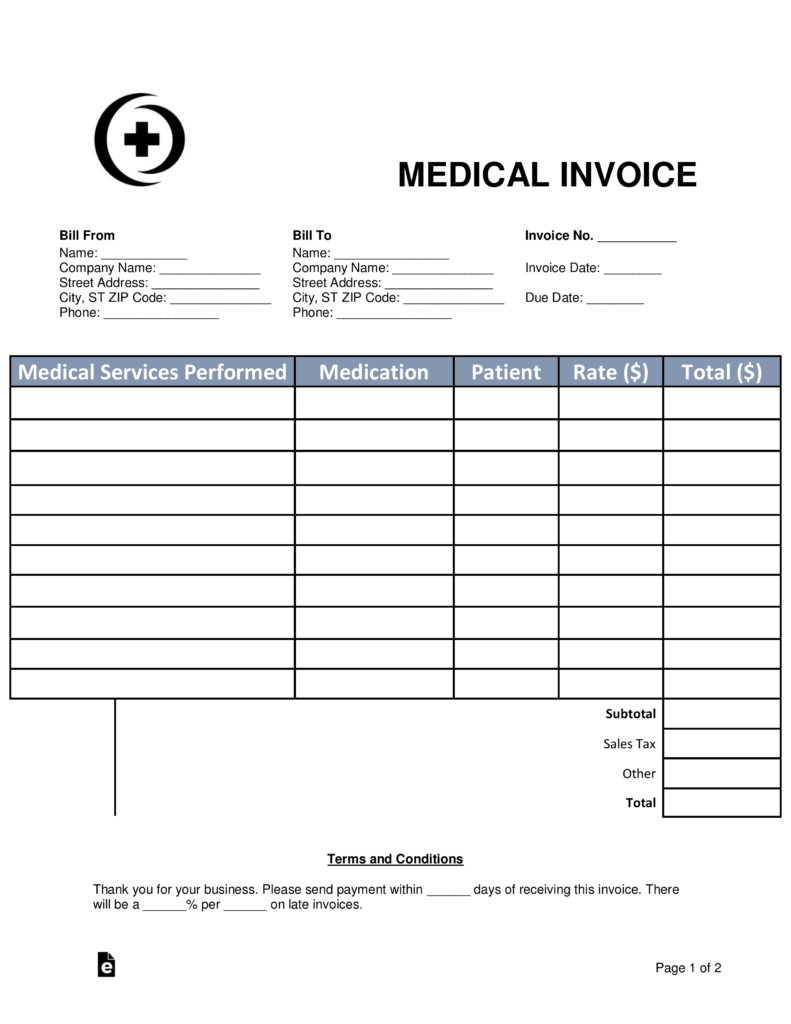
Medical billing statements play a crucial role in the healthcare industry. They provide patients with a detailed breakdown of the services they receive and the associated costs. These statements are essential for both patients and healthcare providers, as they ensure accurate reimbursement and help patients understand their financial responsibilities.
In this article, we will delve into the intricacies of medical billing statements, including what they are, how they work, and why they are essential.
What is a Medical Billing Statement?
A medical billing statement, also known as a medical invoice or a patient statement, is a document that outlines the services provided by healthcare professionals and the corresponding charges. It serves as a communication tool between healthcare providers, insurance companies, and patients. The statement includes details such as the dates of service, the procedures performed, the fees for each service, and any applicable insurance coverage.
Medical billing statements are typically generated by healthcare providers after a patient receives medical treatment. They are sent to the patient or their insurance company to facilitate payment and reimbursement processes. These statements are crucial for accurate billing and ensure that patients are aware of their financial obligations.
How Does a Medical Billing Statement Work?
The process of generating a medical billing statement begins with the healthcare provider documenting the services rendered during a patient’s visit. This documentation includes the procedures performed, diagnoses made, and any additional services provided, such as lab tests or medications prescribed. The provider then assigns specific codes to each service, known as Current Procedural Terminology (CPT) codes, which are used for billing purposes.
Once the services are documented and coded, the billing department of the healthcare provider generates a medical billing statement. This statement includes all the necessary details for accurate reimbursement, such as the patient’s personal information, the provider’s information, and the breakdown of charges for each service. It also includes any insurance information and the patient’s financial responsibility.
After the statement is generated, it is sent to the patient or their insurance company, depending on the billing arrangements. The patient is responsible for reviewing the statement, ensuring its accuracy, and paying any outstanding balances. Insurance companies review the statement to determine the amount they will cover and issue payment accordingly.
Why is a Medical Billing Statement Important?
Medical billing statements are essential for several reasons:
- Transparency: Medical billing statements provide patients with a clear breakdown of the services they receive and the associated costs. This transparency helps patients understand the charges and make informed decisions regarding their healthcare.
- Accurate Reimbursement: Medical billing statements ensure that healthcare providers receive accurate reimbursement for the services they provide. By providing detailed information about the services rendered, these statements help insurance companies determine the appropriate amount to reimburse.
- Dispute Resolution: In case of any discrepancies or billing errors, medical billing statements serve as a reference point for dispute resolution. Patients can review their statements and raise any concerns with their healthcare provider or insurance company.
- Financial Planning: Medical billing statements help patients plan for their healthcare expenses by providing them with a clear understanding of their financial responsibilities. Patients can budget accordingly and explore payment options if needed.
What Should a Medical Billing Statement Include?
A well-designed medical billing statement should include the following information:
- Patient Information: The statement should include the patient’s name, address, contact information, and insurance details (if applicable).
- Provider Information: The statement should include the name, address, and contact information of the healthcare provider or facility.
- Date of Service: Each service provided should be accompanied by the corresponding date of service.
- Procedure Details: The statement should clearly outline the procedures performed, including the CPT codes and a brief description of each service.
- Charges: The statement should provide a detailed breakdown of the charges for each service, including any discounts or adjustments.
- Insurance Coverage: If the patient has insurance coverage, the statement should indicate the amount covered by the insurance company and the patient’s financial responsibility.
- Payment Options: The statement should include information about accepted payment methods and any available payment plans or financial assistance programs.
How to Read a Medical Billing Statement
Reading a medical billing statement can be overwhelming, but with a little guidance, it becomes more manageable. Here are some tips to help you understand and decipher a medical billing statement:
- Review Patient and Provider Information: Start by reviewing the patient and provider information sections to ensure accuracy.
- Check Dates of Service: Verify that the dates of service align with your visit to the healthcare provider.
- Understand Procedure Details: Take the time to understand the procedures listed on the statement. If something is unclear, don’t hesitate to reach out to your healthcare provider for clarification.
- Analyze Charges: Review the charges for each service and compare them to the services you received. Look for any discrepancies or services that you don’t recall receiving.
- Verify Insurance Coverage: If you have insurance coverage, check the amount covered by your insurance company and compare it to your policy. Ensure that you understand your financial responsibility.
- Explore Payment Options: If you are unable to pay the full amount, reach out to the healthcare provider to discuss available payment options or financial assistance programs.
- Keep a Copy: Always keep a copy of your medical billing statement for your records.
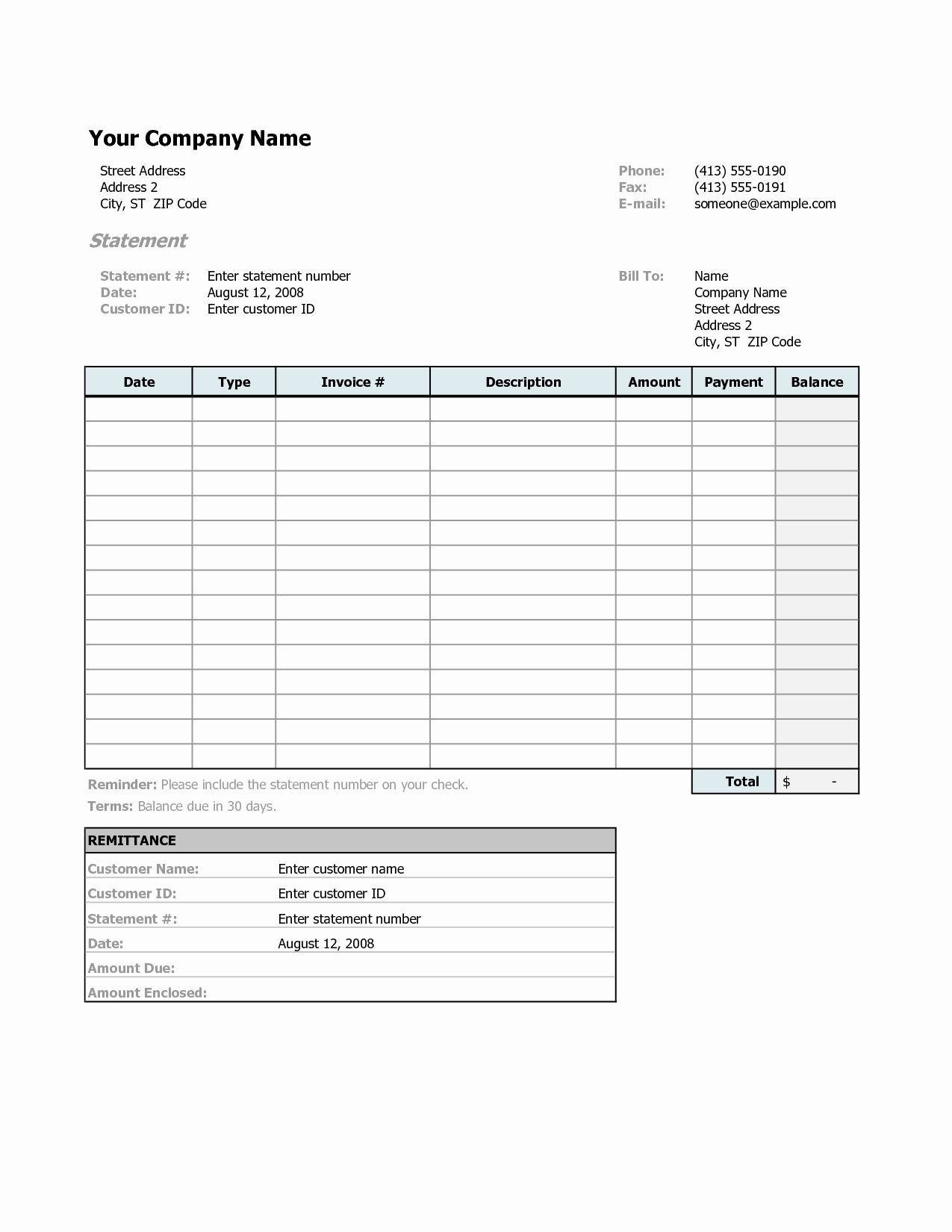
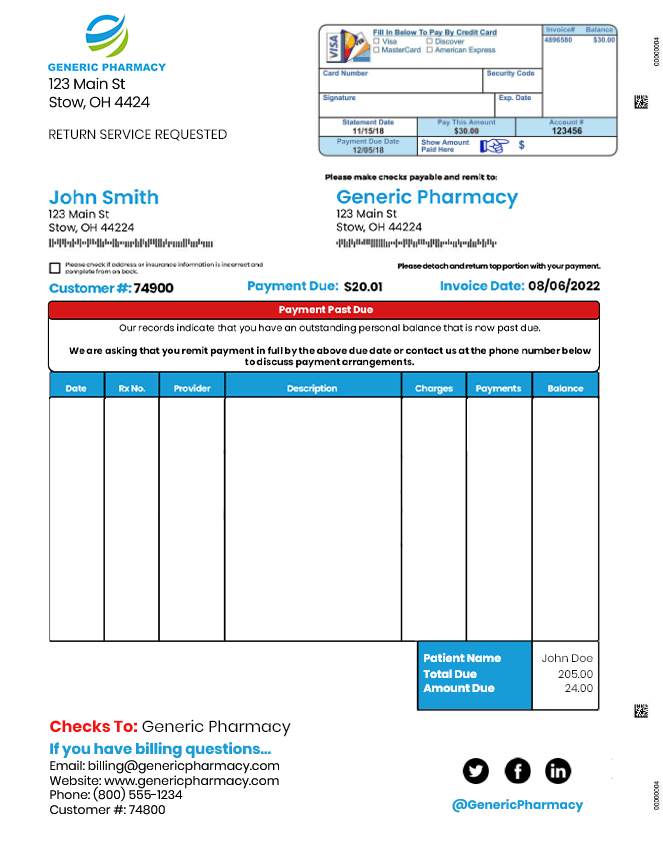
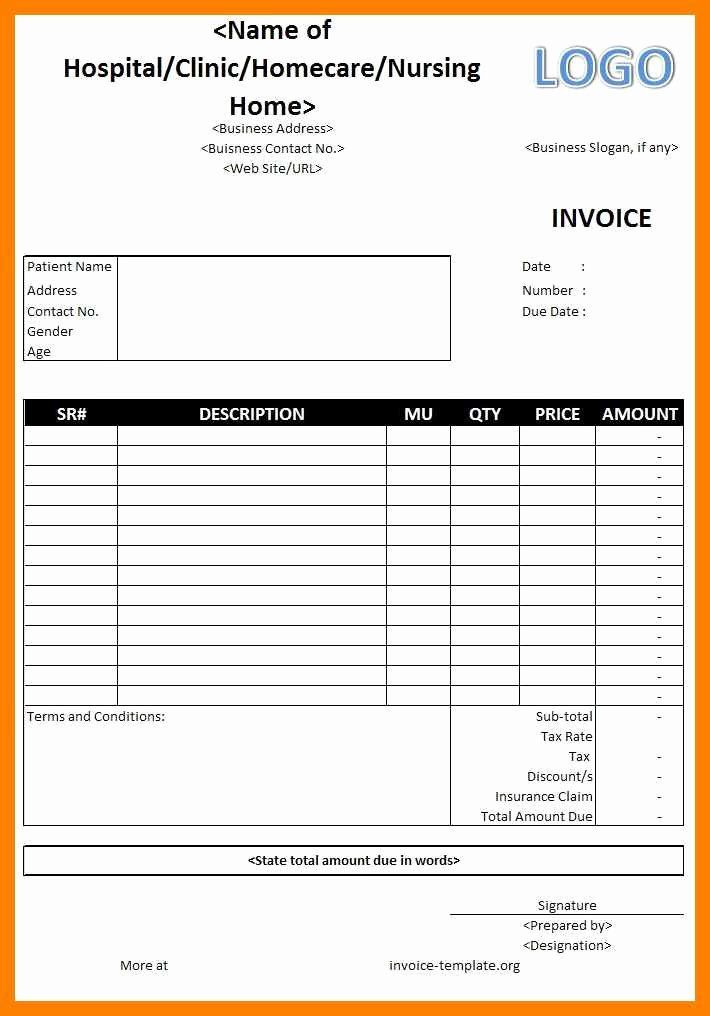
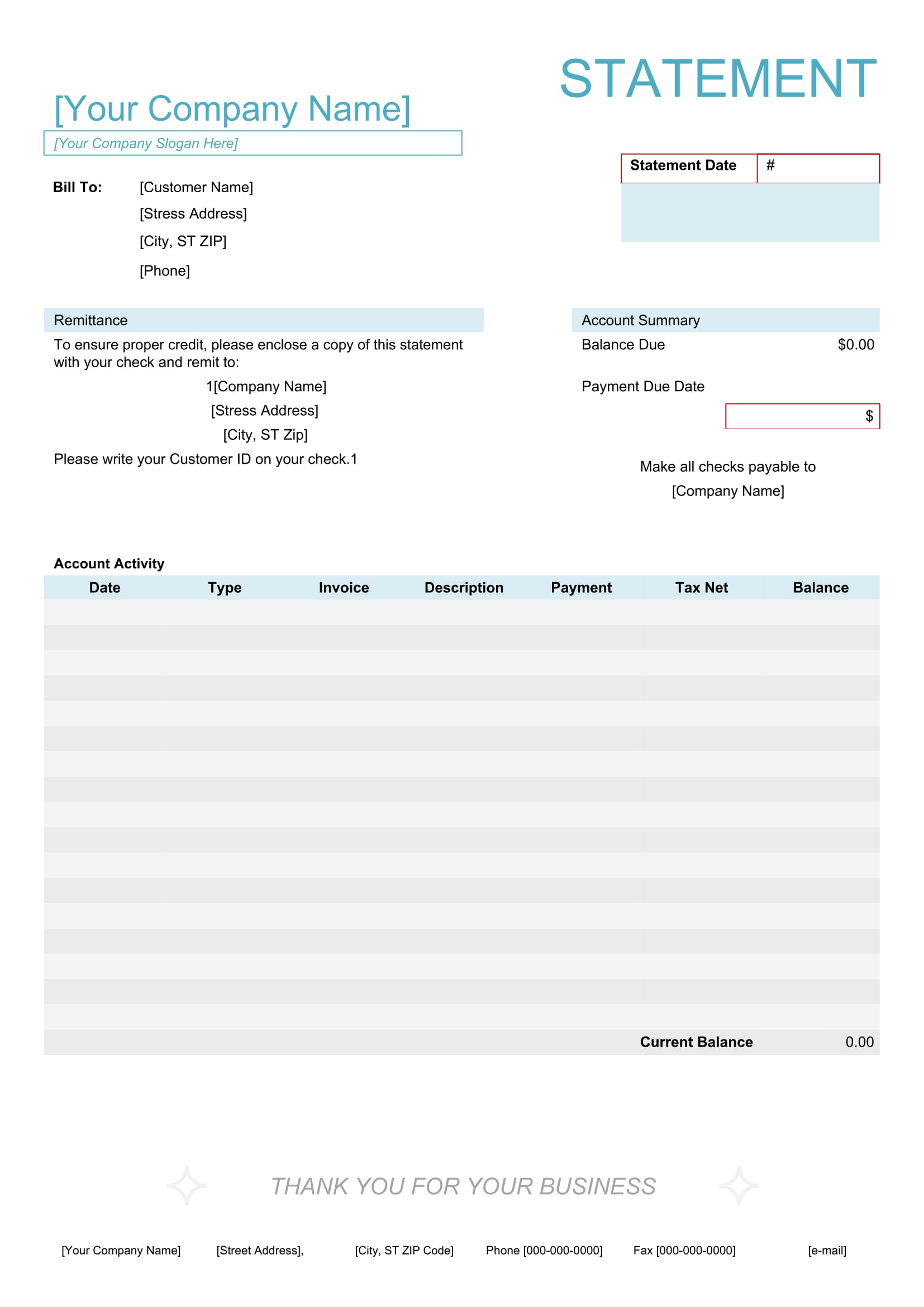
Common Challenges with Medical Billing Statements
While medical billing statements aim to provide transparency and accuracy, there are some common challenges that patients may encounter:
- Complexity: Medical billing statements can be complex and filled with medical jargon. This complexity can make it difficult for patients to understand the charges and their financial responsibilities.
- Errors: Billing errors, such as duplicate charges or incorrect insurance information, can occur. Patients should carefully review their statements and reach out to their healthcare provider or insurance company to rectify any errors.
- Insurance Coverage Confusion: Understanding insurance coverage and how it applies to medical billing statements can be confusing. Patients should familiarize themselves with their insurance policy and consult with their insurance provider if they have any questions.
- Unaffordable Costs: Medical services can be expensive, and patients may find it challenging to pay their medical bills in full. In such cases, it is crucial to explore payment options or financial assistance programs offered by the healthcare provider.
Tips for Managing Medical Billing Statements
- Review Statements Promptly: Review your medical billing statements as soon as you receive them to identify any discrepancies or errors.
- Keep Track of Payments: Maintain a record of the payments you make towards your medical bills to avoid confusion and ensure accurate accounting.
- Communicate with Your Healthcare Provider: If you have concerns or questions about your medical billing statements, don’t hesitate to reach out to your healthcare provider for clarification.
- Understand Your Insurance Coverage: Familiarize yourself with your insurance policy and be aware of the coverage and limitations.
- Explore Financial Assistance Options: If you are facing financial difficulties, inquire about payment plans, financial assistance programs, or discounts that may be available to you.
- Keep Records: Maintain a file of all your medical billing statements, payment receipts, and correspondence related to your healthcare expenses.
- Seek Professional Help: If you find it challenging to manage your medical billing statements on your own, consider seeking assistance from a healthcare advocate or a financial advisor.
Conclusion
Medical billing statements are essential documents that help patients understand their financial responsibilities and healthcare providers receive accurate reimbursement. By reviewing and understanding these statements, patients can make informed decisions about their healthcare and ensure that they are paying the right amount for the services they receive. If you have any questions or concerns about your medical billing statements, don’t hesitate to reach out to your healthcare provider for guidance and clarification.
Medical Billing Statement Template Word – Download